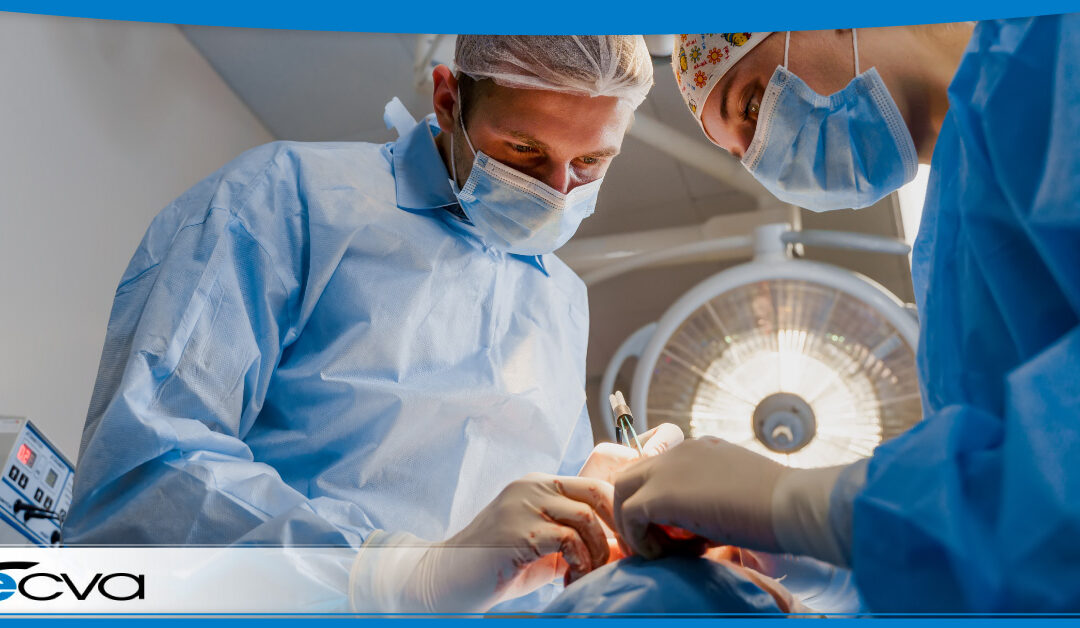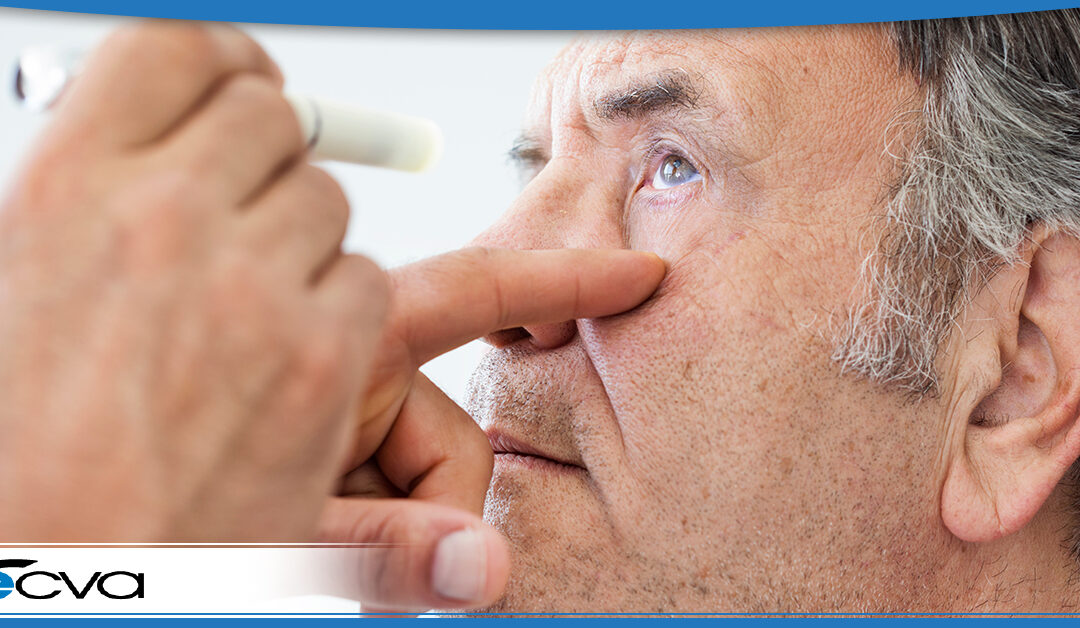
by ecvaeyeadminz | Jun 19, 2024 | Glaucoma
Trabeculectomy is a surgical procedure designed to relieve intraocular pressure in patients with glaucoma, particularly when other treatments have failed to achieve adequate control. This surgical approach can be crucial in preserving visual function by managing the...

by preichert | Jun 19, 2024 | Cataracts, Eye Health
More than 6.1 million American cataract patients have successfully undergone surgery to remove them. This statistic marks the surgery as one of the more common in the medical world. If you live past 70, the chances are high you’ll experience cataracts in one or both...

by ecvaeyeadminz | Jun 4, 2024 | Glaucoma
Glaucoma is a group of eye conditions that damage the optic nerve – which is an essential part of vision – and is often linked to increased pressure inside the eye. Secondary glaucoma, a type of this condition, arises as a complication of another medical issue or...




